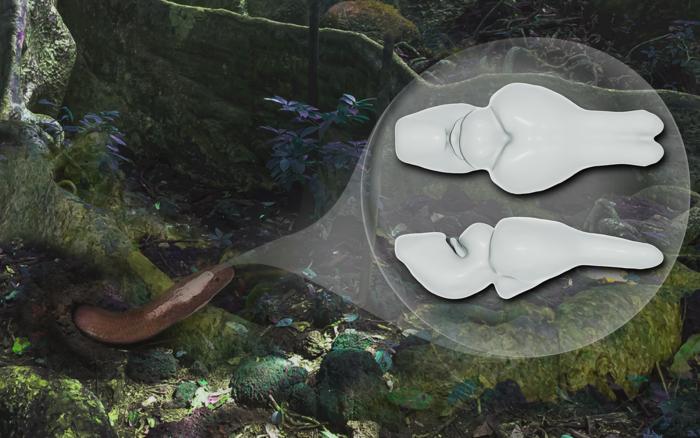Recent study sheds new light on the enigmatic early evolution of snakes by examining an unexpected source: their brains. The results emphasise the significance of studying both the soft parts of animals’ bodies and their bones for understanding how animals evolved.

Credit: Simone Macrì and Nicolas Di-Poï.
Recent study sheds new light on the enigmatic early evolution of snakes by examining an unexpected source: their brains. The results emphasise the significance of studying both the soft parts of animals’ bodies and their bones for understanding how animals evolved.
Snakes are fascinating creatures, forming about one-eighth of vertebrate animals found on land. They come in a wide range of forms and sizes and have adjusted to different ways of life, such as living underground, on the land, in water, and up in trees. However, the early evolution of snakes and the changes in their morphologies over time has been long debated in the field of biology.
To help unravel this mystery, researchers from the HiLIFE Institute of Biotechnology, University of Helsinki used a different way of studying snake evolution.
“Instead of relying on rare, old fossil remains to learn about the history of snakes, we looked at the brains of living reptiles and traveled back in time, thanks to modern imaging and analysis tools” says the first author of the study, Postdoctoral Researcher Simone Macrì.
By using high-definition 3D models of modern lizard and snake brains, researchers reconstructed the brain shape of early snakes and discovered that they were fully adapted for underground living. Nevertheless, early snakes also displayed versatile behaviors, as evidenced by the mixture of different features and complex patterns in their brain morphologies, which may reflect differences in what they eat, how they use different environments both below and above the ground, and their ability to search for food.
Understanding animal evolution beyond fossils
“What’s really exciting is that this study is not only about snakes! It’s also showing us a way to learn about other animals whose history is a bit of a mystery because we lack fossils for studying them”, describes Principal Investigator Nicolas Di-Poï, Research Director at the Institute of Biotechnology, University of Helsinki.
By examining both present-day animals and those from the past, along with bones and different crucial organs like the brain, scientists can piece together the story of how these creatures changed and evolved over time.
This research underscores a vital lesson for the field of biology: unraveling the mysteries of animal evolution goes beyond the analysis of bone remains. To comprehend the transformation of creatures like snakes over time, scientists must consider other components of their bodies, including soft tissues and internal organs. This is particularly crucial when studying animals from eras when their bones might not have been well-preserved.
Journal
Science Advances
DOI
10.1126/sciadv.adi6888
Method of Research
Computational simulation/modeling
Subject of Research
Animals
Article Title
Reconstructing the origin and early evolution of the snake brain
Article Publication Date
27-Sep-2023




